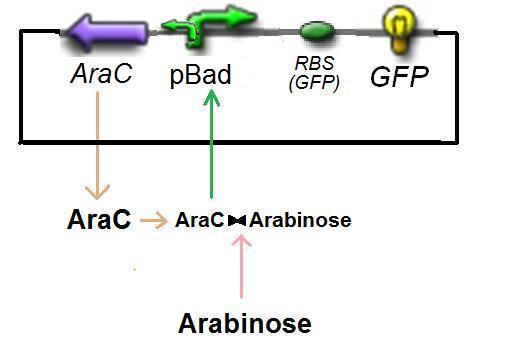find_ƒ2
function optimal_parameters = find_f2(X_data, Y_data, initial_parameters)
function output = expr_pBad(parameters, X_data)
for k = 1:length(X_data)
output(k) = parameters(1) * ( hill( ...
(hill(X_data(k), parameters(4), parameters(5))), parameters(2), parameters(3)) );
end
end
options=optimset('LevenbergMarquardt','on','TolX',1e-10,'MaxFunEvals',1e10,'TolFun',1e-10,'MaxIter',1e4);
optimal_parameters = lsqcurvefit( @(parameters, X_data) expr_pBad(parameters, X_data), ...
initial_parameters, X_data, Y_data, 1/10*initial_parameters, 10*initial_parameters, options );
end
Inv_ƒ2
function quant_ara = Inv_f2(inducer_quantity)
function equa = F(x)
equa = f2( x ) - inducer_quantity;
end
options=optimset('LevenbergMarquardt','on','TolX',1e-10,'MaxFunEvals',1e10,'TolFun',1e-10,'MaxIter',1e4);
quant_ara = fsolve(F,1,options);
end
 "
"



